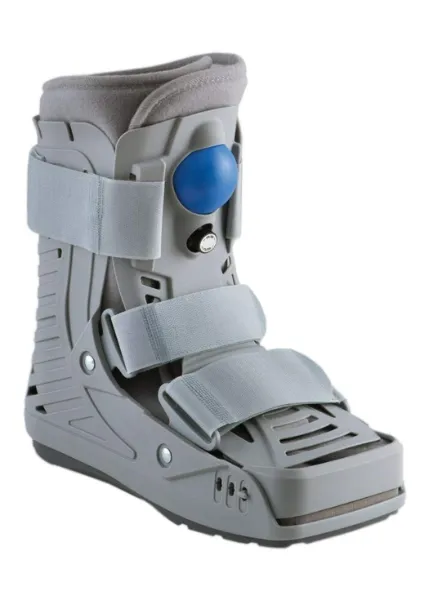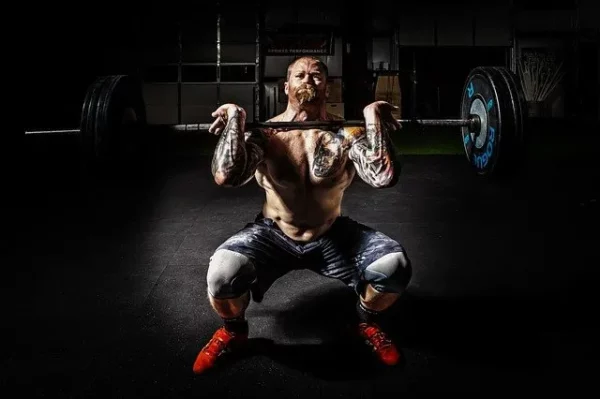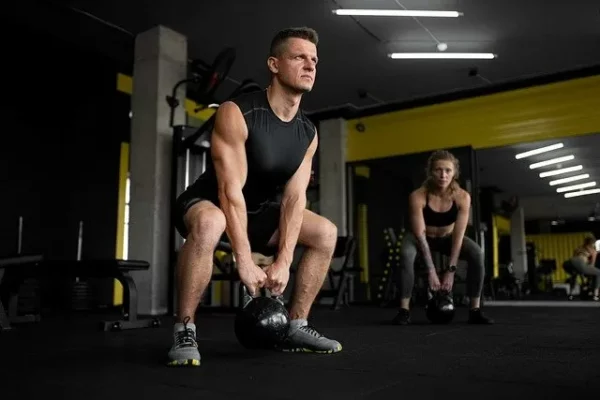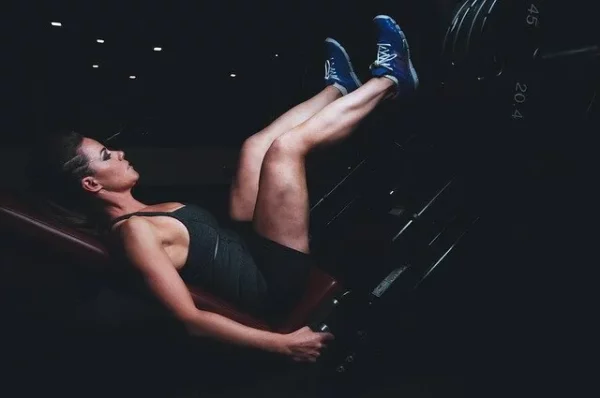In This Article
Just because you’re stuck in a medical walking boot doesn’t mean you can’t still exercise with the boot on!
The medical walking boot (completely different from a “hiking” walking boot) is used when we’re trying to control the amount of movement around the foot and ankle to avoid unnecessary stress on healing injuries (often these are bone injuries).
The medical boot isn’t to stop weight bearing on the foot and ankle though, otherwise they’d give you a set of crutches or a wheelchair.
So if you can weight-bear, despite the medical walking boot, you can perform a lot of the exercises you already know!
Some will need modification, others can be performed as usual. The set up is guided by a number of principles to help you decide on the right balance of protecting the injury while training the body (and mind).

Want help choosing the right cam walker boot?
Our Physio experts have listed the key features to look for when buying a cam walker boot (aka. medical boot or moon boot).
The recommendations make it simple to get the right boot first time, to speed up your recovery.
Guidelines for exercise with a medical walking boot
Impact is out
Doing any activity that requires you to jump, step or hop, is out.
It puts too much sudden force through the foot and ankle as the medical walking boot impacts the ground.
And although an innocent step seems like it should be fine, remember that even a gentle step and land can spike loading to 2-4 times your bodyweight.
Twisting is discouraged
This refers to twisting exercises, like a cable woodchop, that require you to plant your feet and twist your body against resistance.
Even though the medical boot seems solid, your foot can still move considerably within the boot.
A simple twisting action with some resistance to the movement will lead to the foot and ankle being exposed to huge forces, putting the fracture site at risk.
Exercises that are normally performed on your toes are out too
Obviously you’re not going to be doing calf raises in a medical boot. But the list of exercises on your toes is a little more extensive than that.
Lunges are the most common type of exercise that has you on your toes, but the list also includes planks and push-ups/press-ups.
The issue with exercises on your toes is that it loads the foot from toes to heels, compressing the long bones of the foot in their most vulnerable direction.
Loading shouldn’t exceed bodyweight
When you walk with your medical boot on (assuming you aren’t using crutches), your booted foot has your whole bodyweight on it.
So it should be safe to exercise with your bodyweight on that leg. But that doesn’t mean that it’s safe to add extra load to it.
Using a weight, such as a kettlebell or barbell, adds extra loading to the foot (despite the medical boot) and may not be safe for your injury.

If you’d like to add weight to your program, check with your health professional as it’s OK for some injuries.
Exercise options with a medical walking boot
Here’s our go-to list of favourite exercises. You can find videos and more options in this post.
Exercises on the good leg
It’s going to sound a little weird, but exercises on the good leg actually have an effect on the injured leg!
Studies have shown a benefit of around 15-21% for the affected leg, although that effect will be even greater if you can perform some double leg exercises as well.
There’s almost no limit for the exercises you can perform on the good side, but generally avoid hopping or explosive exercises (as they trigger strong muscle activity on the other leg).
Squats
The classic and still one of the best! Squats are a great movement to target most of the key muscle groups.
You’ll need to limit yourself to half depth as the booted ankle can’t bend forward to accommodate deeper movements.
You can increase the challenge of a bodyweight squat by slowing down the movement or adding a pause at the lowest point.

Hip thrusts
Hip thrusts can be done with the ankle in a neutral (90 degree) position, making them perfect for programs in a medical walking boot.
Hip thrusts, also known as hip bridges, are best performed with your shoulders elevated on a couch/sofa or bench and your feet on the ground.
Leg press
Of all the machine options, leg press is probably the most useful (more effective than leg extensions or leg curls).
Just remember to place your feet high on the plate and only load it to your bodyweight (see the guidelines above for an explanation).

If in doubt…
Don’t risk trial-and-error or getting your advice from the internet (ironic, right?)
Speak to your health professional to make sure that your intended exercises aren’t going to set you back.
